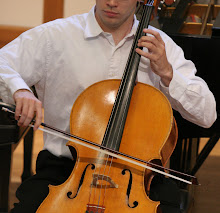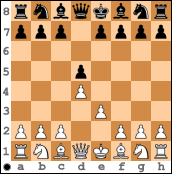Tuesday, November 26, 2013
PRESENTATION AND ACCESSIBILITY: NOTES ON NESTED STRUCTURE
Recursive blogging as an informational strategy. Where do we go from here?
In "Rationality Is Dead, Long Live Rationality," I argued on informational grounds that humans are not and cannot be intrinsically rational beings.
In "Oh, Humanity! Three Recalibrations of "Rational Self-Interest"," I declared a second, emotional basis for intrinsic irrationality, connected it to the informational grounds given above, and used the resulting combination to sketch a disturbingly accurate picture of the circular pattern of political discourse. In closing, I suggested that both flavors of irrationality arise unavoidably from a deeper logic, a Universal Logic of Human Nature if you will, that in turn is driven by the interaction of just four basic factors.
I have stated that illuminating that deeper logic is the purpose of this series.
However, many of my readers will have noted a number of important things that I have not done. I have not yet defined my terms, or laid out an overarching road map. Nor have I explained the significance of my unique perspective, placed its origins within a proper academic context, or supported any of my assertions with hard evidence.
Escaping a strategic bottleneck...
For a variety of reasons, I am operating outside of the standard academic template. Therefore, it is best to think of these two essays not as the launch of a dissertation, but as the opening pawn moves in a metaphorical game of chess. These moves engage the general reader’s attention, hint at the broad outlines of a complex attack, and lay the groundwork for the development of more consequential arguments that are waiting, as yet unspecified, on the back rank. The essays aim to capture the high-level flow of the game.
Implicit in my chess analogy, however, is that a lot of off-stage grunt work has necessarily already been done. Someone has already set up the board, manufactured a diverse array of pieces, invented a game around their movements, explained the rules, and developed entire schools of strategy. Attempting to front-load all of this information at an academically rigorous depth would crush one of this blog’s major goals, which is to render the high-level flow of the game [of human nature] as easily accessible to as wide a range of readers as possible. A better solution is needed.
...with an unorthodox solution.
I have decided to solve the staging problem by writing subroutines.
• Higher-level essays will continue to be featured, hopefully about twice a month (or as time and inspiration permit). But, for those who wish to dig deeper, I will also be continuously adding layers of supporting material: conceptual set-pieces, elaborations by request, terminological clarifications, back-and-forth discussions, scholarly citations, cross-linked references, and the like.
• For clarity, these will appear on a small circle of satellite blogs, new spaces dedicated to providing depth without inducing narrative whiplash. Sidebar links will be added as the structure solidifies.
• In order to facilitate browsing, all new off-stage content will be announced here, at center stage. These announcements will wind up sandwiched in between the high-level essays.
• Appropriate navigational tools will eventually appear in the sidebars of each blog.
• Lastly, internal cross-links will be added to existing posts as the constellation of subroutines continues to grow in size and power.
Variations on a recursive theme:
Careful readers will have noticed certain structural resemblances between my declared architectural strategy and my initial hints at the architecture of intelligence.
This is no coincidence.
On the one hand, the bottom-up creation of subroutines gives me the flexibility I need to develop the many pieces of my arguments in whatever order I want to write them, and the flexibility to answer questions as they are asked, without bogging everybody down in a sea of unwanted details. On the other, having a ready-made constellation to draw on will allow me to sustain the high-level flow of a complex narrative much more easily, by reaching down and tapping the appropriate subroutines as they are needed.
That’s the theory, anyway. We'll see if it works.
Subscribe to:
Post Comments (Atom)


No comments:
Post a Comment